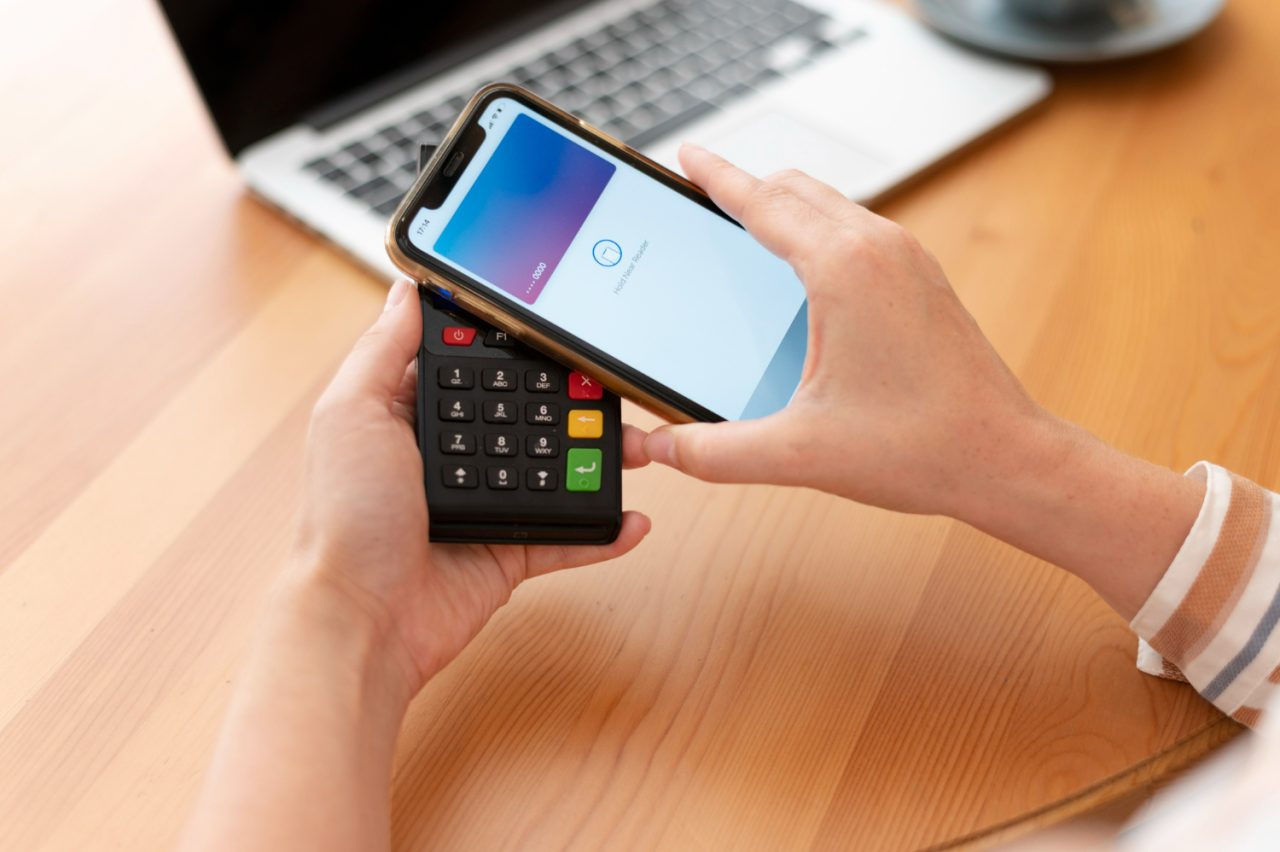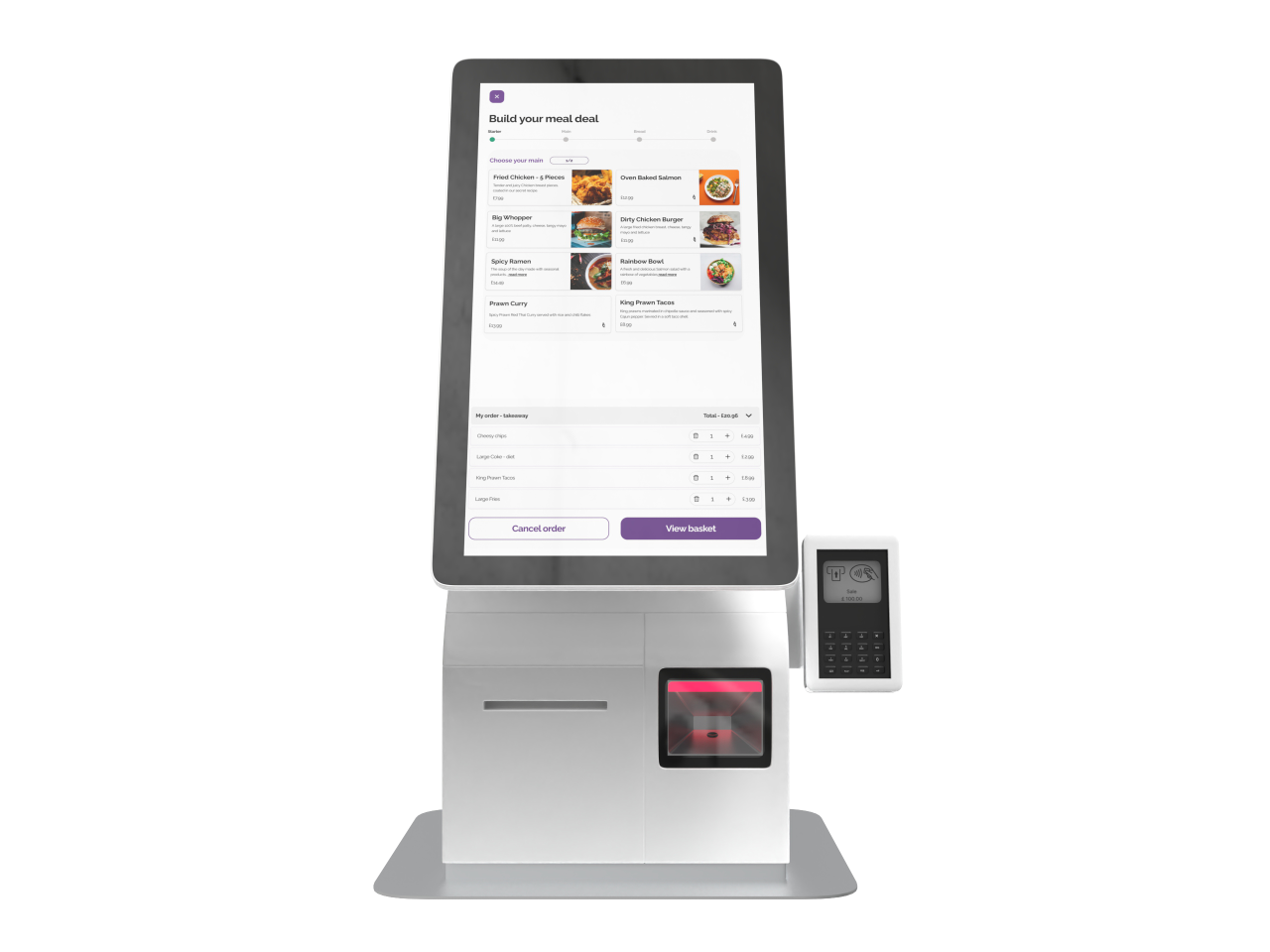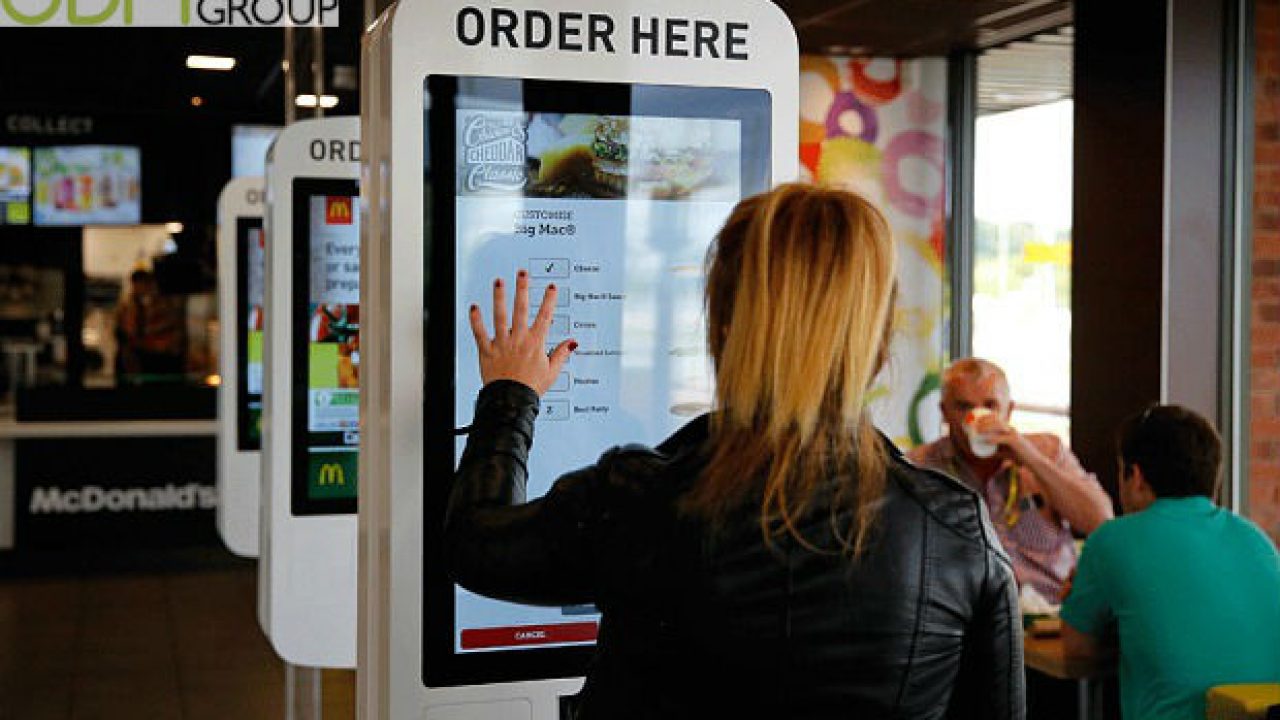The modern UK hospitality market is increasingly tech-driven. This evolution isn’t only due to technological advancements but also rapidly changing consumer behaviours. Among the most visible shifts in the restaurant landscape is the rise of the self-service kiosk. Designed to provide customers with a streamlined, efficient, and engaging experience, these kiosks have revolutionised the way diners interact with restaurants. In this guide, we’ll dissect the top five features that a top-notch restaurant self kiosk must have in today’s bustling UK industry.
1. Intuitive user interface
The heart of any digital system lies in its usability.
- Importance: An easy-to-use interface ensures that users of all age groups and tech-savviness levels can navigate the menu, make their selection, and process their order seamlessly.
- Design aspects: Clear visuals, logical menu layouts, and responsive touch screens make for a positive user experience. In the UK, with its diverse demographic, multi-language support can also be a significant advantage.
- Benefits: Reduced order time, fewer errors, and a smoother customer journey. Additionally, an intuitive UI can lead to upselling opportunities. If customers find it easy to add items to their cart, they’re more likely to make impulse additions.

2. Robust payment integrations
In a world moving rapidly towards cashless transactions, flexible payment options are essential.
- Importance: The UK is one of Europe’s leaders in contactless payments. Ensuring your kiosk supports multiple payment methods, from chip and pin to contactless and mobile payments, is crucial.
- Security: With high-profile data breaches making headlines, security can’t be compromised. Ensure that the kiosk is GDPR compliant and uses end-to-end encryption to keep customer data safe.
- Benefits: Offering diverse payment options not only caters to individual preferences but also speeds up the transaction process, catering to the fast-paced UK lifestyle.

3. Real-time inventory and menu updates
An advanced kiosk system should be dynamically linked with the kitchen and inventory management system.
- Importance: Nothing can frustrate a customer more than placing an order, only to be told later that an item is unavailable. A live-synced system updates the menu in real-time based on stock availability.
- Integration with POS: Integration with Point Of Sale systems means that sales data from the kiosk gets recorded along with other sales, giving an integrated view of the day’s business.
- Benefits: Enhanced customer satisfaction, reduced food wastage (by promoting dishes that are abundant or need to be sold quickly), and streamlined kitchen operations.
4. Customer personalisation & loyalty integration
In the modern dining world, personal touch matters.
- Importance: Recognising returning customers and offering them personalised suggestions based on past orders can significantly enhance their dining experience. Integrating loyalty programs encourages repeat visits and increases overall customer lifetime value.
- Data Utilisation: By securely utilising data, kiosks can offer tailored promotions, celebrate milestones (like a diner’s 10th visit), or suggest dishes based on past preferences.
- Benefits: Increased sales through upselling and cross-selling, enhanced customer loyalty, and a database of customer preferences which can be used for targeted marketing.
5. Multifunctional capabilities
Beyond ordering, what else can your kiosk do?
- Importance: In the evolving UK hospitality market, multifunctional kiosks can serve as information desks, feedback points, or even entertainment hubs for diners waiting for their orders.
- Features to consider: Interactive maps (especially for large restaurant complexes or chains with multiple outlets), games or quizzes related to the restaurant theme, feedback collection modules, and integration with social media for instant check-ins or reviews.
- Benefits: Enhanced on-premise customer engagement, real-time feedback collection with kiosk surveys, and free user-generated marketing through social media interactions.
Key advantages of Grafterr’s self-service kiosks include:
- Eradicating long queues: Grafterr’s primary promise is to ensure no customer walks away due to extensive wait times. With automated ordering processes, queues become a thing of the past.
- Maximizing order value: A notable feature is the system’s capability to automatically upsell, a strategy that has shown potential to increase the average order size by up to 30%. This not only drives sales but also enhances the overall customer experience by suggesting complementary items they might genuinely enjoy.
- Optimizing staff deployment: By reducing dependency on counter service staff, personnel can be reallocated to areas where they add the most value, be it in food preparation, delivery, or customer service.
- Streamlining order flow: With an emphasis on increasing ordering speed, Grafterr’s kiosks ensure a seamless flow from order placement to food preparation and delivery.

The versatility of Grafterr’s design caters to diverse business needs. Whether an establishment requires a wall-mounted, floor-standing, or countertop kiosk, Grafterr provides options for all, ensuring a perfect fit for every venue. Moreover, these kiosks come equipped with fully integrated card payments, ensuring smooth and secure financial transactions.
Conclusion
The restaurant self-service kiosk is more than just a digitised ordering point; it’s a vital cog in modernising the UK’s vibrant hospitality market. The right features can elevate the diner’s experience, streamline operations, and boost a restaurant’s bottom line. As the market continues to evolve, so will the capabilities of these kiosks. For now, focusing on these five must-have features will ensure your restaurant remains at the forefront of innovation and customer satisfaction in the UK’s bustling hospitality industry.





